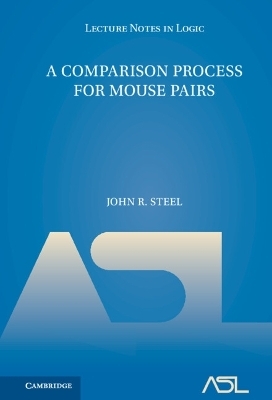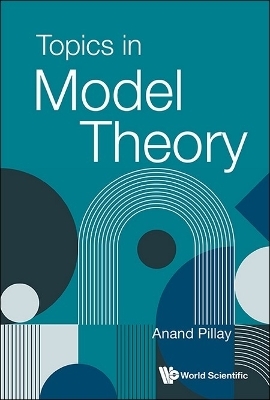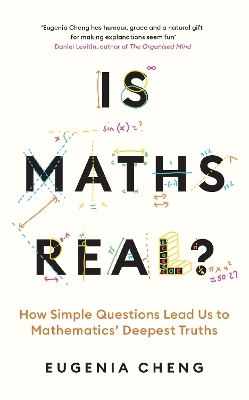
A Comparison Process for Mouse Pairs
Seiten
2022
Cambridge University Press (Verlag)
978-1-108-84068-2 (ISBN)
Cambridge University Press (Verlag)
978-1-108-84068-2 (ISBN)
This book proves some important new theorems in the theory of canonical inner models for large cardinal hypotheses, a topic of central importance in modern set theory. It also contains a good deal of background material, some of it unpublished folklore, making it an accessible introduction to the higher reaches of inner model theory.
This book proves some important new theorems in the theory of canonical inner models for large cardinal hypotheses, a topic of central importance in modern set theory. In particular, the author 'completes' the theory of Fine Structure and Iteration Trees (FSIT) by proving a comparison theorem for mouse pairs parallel to the FSIT comparison theorem for pure extender mice, and then using the underlying comparison process to develop a fine structure theory for strategy mice. Great effort has been taken to make the book accessible to non-experts so that it may also serve as an introduction to the higher reaches of inner model theory. It contains a good deal of background material, some of it unpublished folklore, and includes many references to the literature to guide further reading. An introductory essay serves to place the new results in their broader context. This is a landmark work in inner model theory that should be in every set theorist's library.
This book proves some important new theorems in the theory of canonical inner models for large cardinal hypotheses, a topic of central importance in modern set theory. In particular, the author 'completes' the theory of Fine Structure and Iteration Trees (FSIT) by proving a comparison theorem for mouse pairs parallel to the FSIT comparison theorem for pure extender mice, and then using the underlying comparison process to develop a fine structure theory for strategy mice. Great effort has been taken to make the book accessible to non-experts so that it may also serve as an introduction to the higher reaches of inner model theory. It contains a good deal of background material, some of it unpublished folklore, and includes many references to the literature to guide further reading. An introductory essay serves to place the new results in their broader context. This is a landmark work in inner model theory that should be in every set theorist's library.
John R. Steel is Professor of Mathematics at the University of California, Berkeley. He is a recipient of the Carol Karp Prize of the Association for Symbolic Logic, the Hausdorff Medal of the European Set Theory Society, and the Humboldt Prize.
1. Introduction; 2. Preliminaries; 3. Background-induced iteration strategies; 4. More mice and iteration trees; 5. Some properties of induced strategies; 6. Normalizing stacks of iteration trees; 7. Strategies that condense and normalize well; 8. Comparing iteration strategies; 9. Fine structure for the least branch hierarchy; 10. Phalanx iteration into a construction; 11. HOD in the derived model of a HOD mouse; References; Index.
| Erscheinungsdatum | 14.11.2022 |
|---|---|
| Reihe/Serie | Lecture Notes in Logic |
| Zusatzinfo | Worked examples or Exercises |
| Verlagsort | Cambridge |
| Sprache | englisch |
| Maße | 157 x 235 mm |
| Gewicht | 970 g |
| Themenwelt | Mathematik / Informatik ► Mathematik ► Logik / Mengenlehre |
| ISBN-10 | 1-108-84068-X / 110884068X |
| ISBN-13 | 978-1-108-84068-2 / 9781108840682 |
| Zustand | Neuware |
| Haben Sie eine Frage zum Produkt? |
Mehr entdecken
aus dem Bereich
aus dem Bereich
Buch | Softcover (2024)
World Scientific Publishing Co Pte Ltd (Verlag)
CHF 43,60
what we have that machines don't
Buch | Softcover (2024)
Profile Books Ltd (Verlag)
CHF 19,15
how simple questions lead us to mathematics’ deepest truths
Buch | Softcover (2024)
Profile Books Ltd (Verlag)
CHF 19,15


